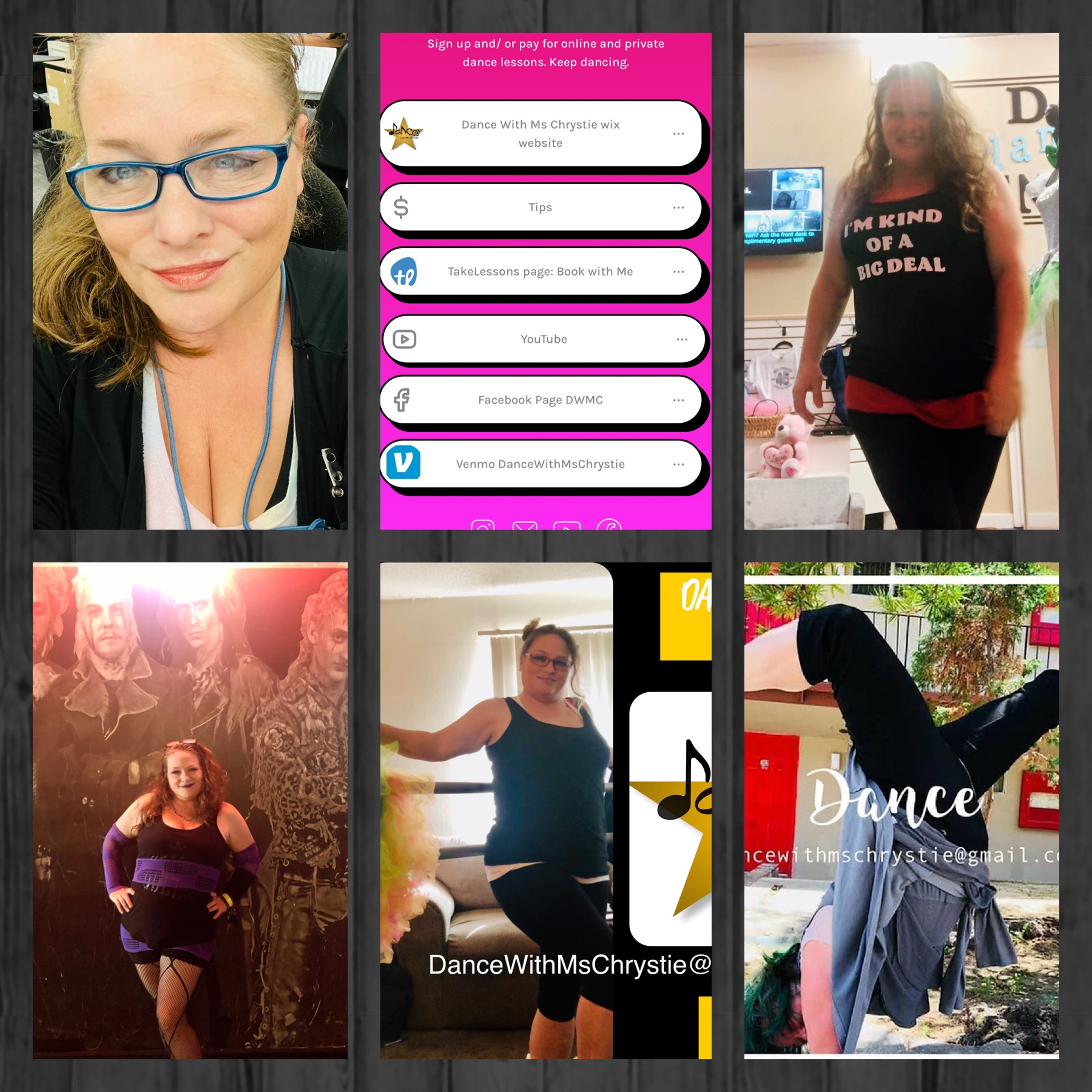Jazz Dance: Now and Then...
- dancewithmschrystie

- Jan 28
- 3 min read
Jazz dance is a vibrant expression of culture, rhythm, and storytelling that has entranced audiences for generations. With deep roots in African American history, jazz dance has evolved alongside jazz music itself, giving rise to various styles that reflect creativity and personal expression.
Jazz dance originated in the African American communities of the late 19th and early 20th centuries. It drew inspiration from African tribal dances that emphasize rhythm and improvisation. Jazz dance began to emerge as a unique style in the energetic atmosphere of jazz music, where lively and syncopated beats encouraged dancers to combine spontaneity with structured movements.
During the Roaring Twenties, as jazz music gained immense popularity, dances like the Charleston and the Black Bottom became cultural phenomena. These dances featured distinctive, energetic footwork and were often seen in packed clubs and theaters. For instance, the Charleston became nearly ubiquitous, with about 1 in 4 young adults in urban areas participating in the dance during this period, showcasing the enthusiasm for jazz and dance as forms of entertainment.
The 1930s and 1940s heralded a golden age for jazz dance, largely due to the rise of musicals and films featuring spectacular dance sequences. Prominent choreographers such as Jack Cole and Bob Fosse brought new life to jazz dance, blending elements of ballet and modern dance with traditional jazz. Their work not only showcased intricate choreography but also brought theatricality to the dance form.
Iconic performers like Josephine Baker and the legendary duo Fred Astaire and Ginger Rogers elevated jazz dance to new heights. Their performances, often infused with humor and charm, created unforgettable moments on film. For example, the famous "Cheek to Cheek" dance number showcased their synchronization and elegance, setting a standard for jazz dance that still inspires artists today.
The 1970s introduced a new wave of exposure for jazz dance through television. Shows such as "Soul Train" served as platforms for dancers to showcase their talent and blended jazz with funk and street dance, giving rise to styles like jazz funk. Today, jazz dance includes a variety of styles, from Broadway jazz featuring theatrical elements to contemporary jazz that incorporates modern influences. Each style maintains core elements like rhythm and improvisation while reflecting its unique characteristics.
Today, many options are available for those interested in learning jazz dance. Cities across the nation have numerous dance studios, community centers, and performing arts schools offering a variety of classes. Here are some recommendations for anyone looking to explore this exciting art form:
Start with Beginners’ Classes: No matter your dance experience, beginner classes provide a solid foundation. You can learn fundamental jazz steps that will help you progress.
Attend Workshops and Intensives: Seek out workshops that focus on specific jazz styles or techniques. Learning from experienced instructors will enhance your understanding and skills.
Embrace Improvisation: Jazz dance encourages improvisation, so practice expressing yourself through movement. Look for local dance jams or open sessions to build confidence and creativity.
Incorporate Music: Familiarize yourself with different jazz styles. Listening to classics by Duke Ellington or contemporary interpretations can inspire your movements and deepen your appreciation of the art form.
Stay Active and Fit: Like any dance form, maintaining your physical fitness is key. Incorporate stretching, strength training, and cardiovascular exercises to keep your body prepared for jazz dance.
The future of jazz dance is bright, influenced by new styles and technology. Social media platforms allow dancers to share their skills with a global audience, inspiring new generations to take part in jazz dance. According to recent statistics, over 70% of dancers have used social media to showcase their work, highlighting the shift towards online engagement.
Innovations such as virtual classes and online tutorials have revolutionized how people learn, making jazz dance more accessible than ever. This means that anyone, anywhere can experience the joy and expression that jazz dance offers.
As jazz dance continues to evolve, the possibilities for creativity and innovation are limitless. New generations of dancers are poised to carry on the legacy of those who came before them while infusing the art form with their unique perspectives and experiences.






Comments